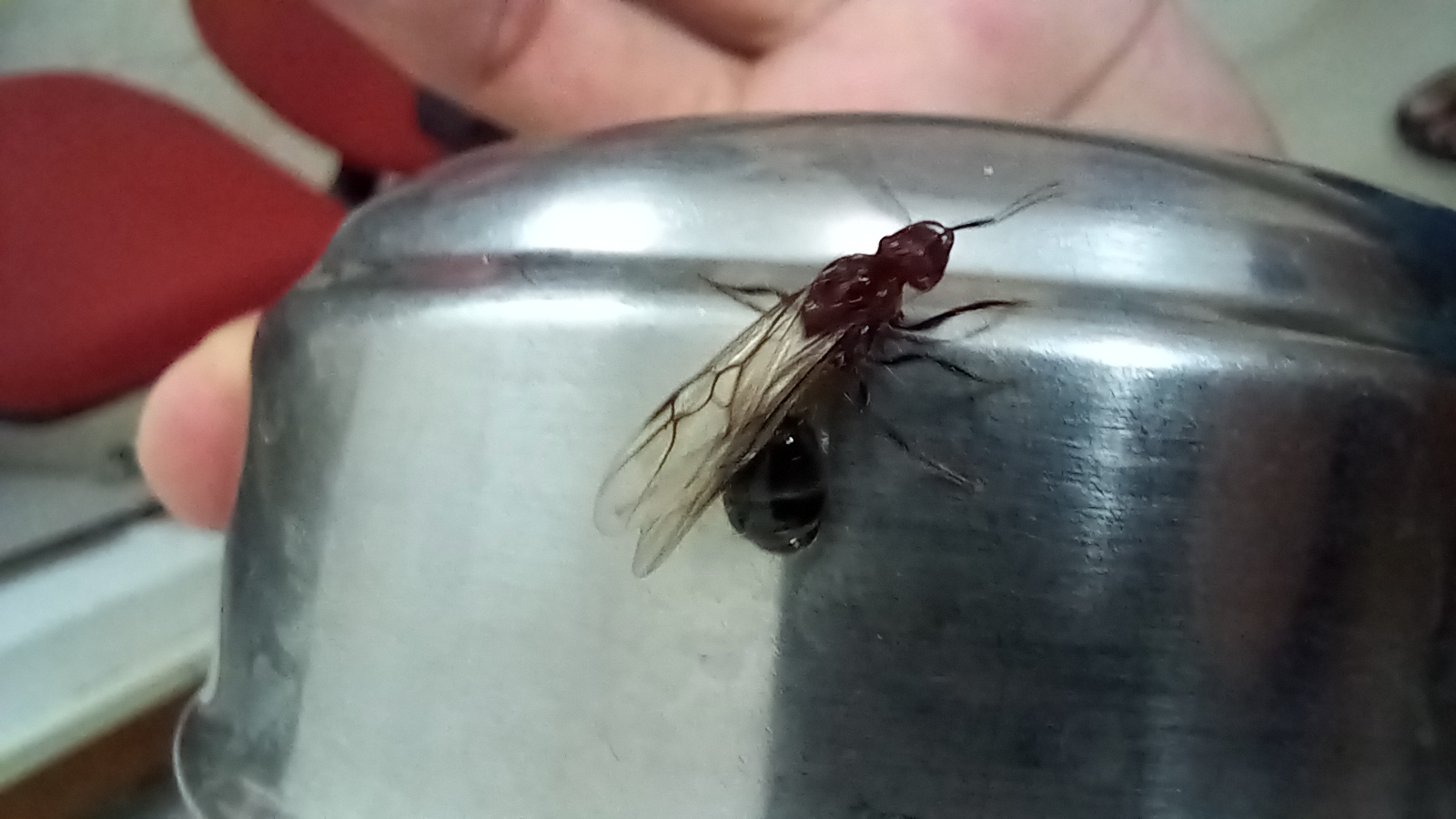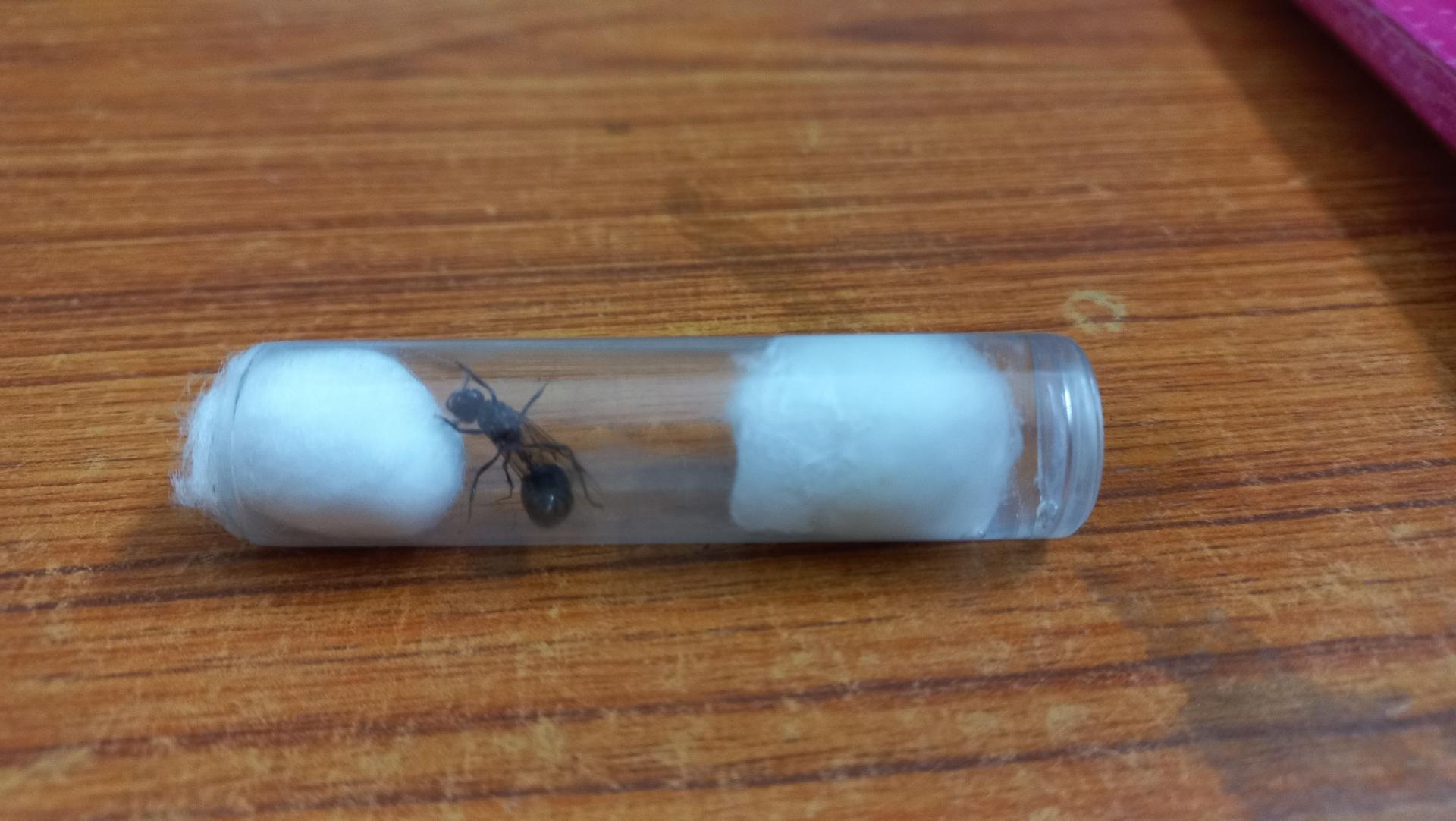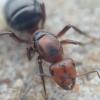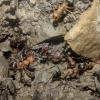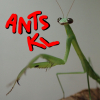Just a few days back(5.08.2023)I was sitting on my bed this ant queen came on my bed, wanting to have a ant nest for very long time, i quickly made this make shift test tube setup with a used up perfume bottle and made what i had seen online
I am from Chandigarh in India and the queen size is approx 20 mm
I don't know much, but am pretty sure it aint a Camponotus ant
ps i did redo it's testube to give it a little more water but gave less space to move, like very little pls tell me if that's ok too, also i have kept her in dark at a place without vibrations as instructed on youtube
Pls help, would mean a lot to me
Thanks
Regards




